I need some help to re-design the output of a function that comes through an R package.
My scope is to reshape a dataframe called output_IMFData in a way that look very similar to the shape of output_imfr. The codes of a MWE reproducing these dataframes are:
library(imfr)
output_imfr <- imf_data(database_id="IFS", indicator="IAD_BP6_USD", country = "", start = 2010, end = 2014, freq = "A", return_raw =FALSE, print_url = T, times = 3)
and for output_IMFData
library(IMFData)
databaseID <- "IFS"
startdate <- "2010"
enddate <- "2014"
checkquery <- FALSE
queryfilter <- list(CL_FREA = "A", CL_AREA_IFS = "", CL_INDICATOR_IFS = "IAD_BP6_USD")
output_IMFData <- CompactDataMethod(databaseID, queryfilter, startdate, enddate,
checkquery)
the output from output_IMFData looks like this:
But, I want to redesign this dataframe to look like the output of output_imfr:
Sadly, I am not that advanced user and could not find something that can help me. My basic problem in converting the shape of output_IMFData to the shape of the second ``panel-data-looking" dataframework is that I don't know how to handle the Obs in output_IMFData in a way that cannot lose the "correspondence" with the reference code @REF-AREA in output_IMFData. That is, in column @REF-AREA there are codes of country names and the column in Obs has their respective time series data. This is very cumbersome way of working with panel data, and therefore I want to reshape that dataframe to the much nicer form of output_imfr dataframe.

